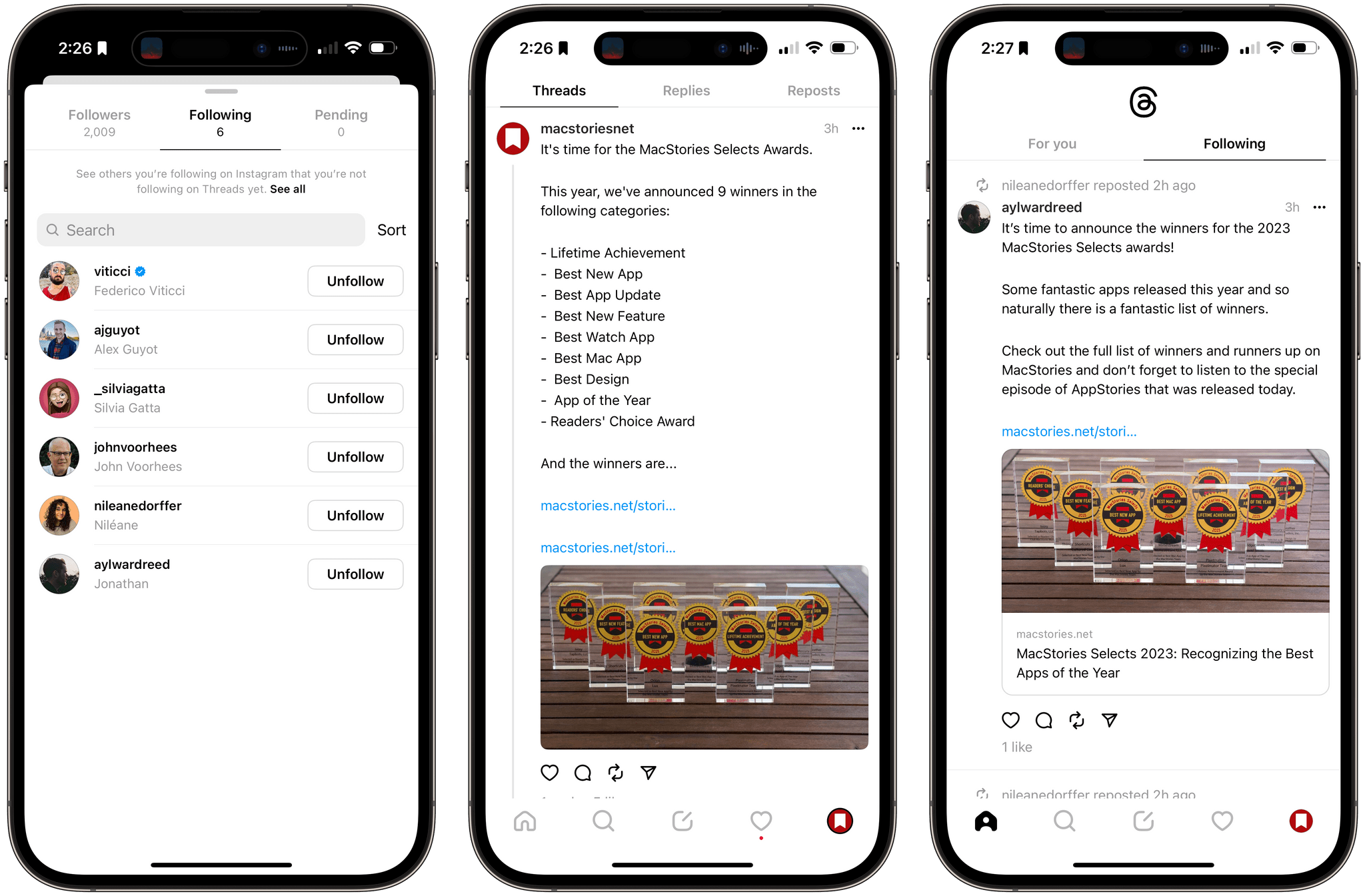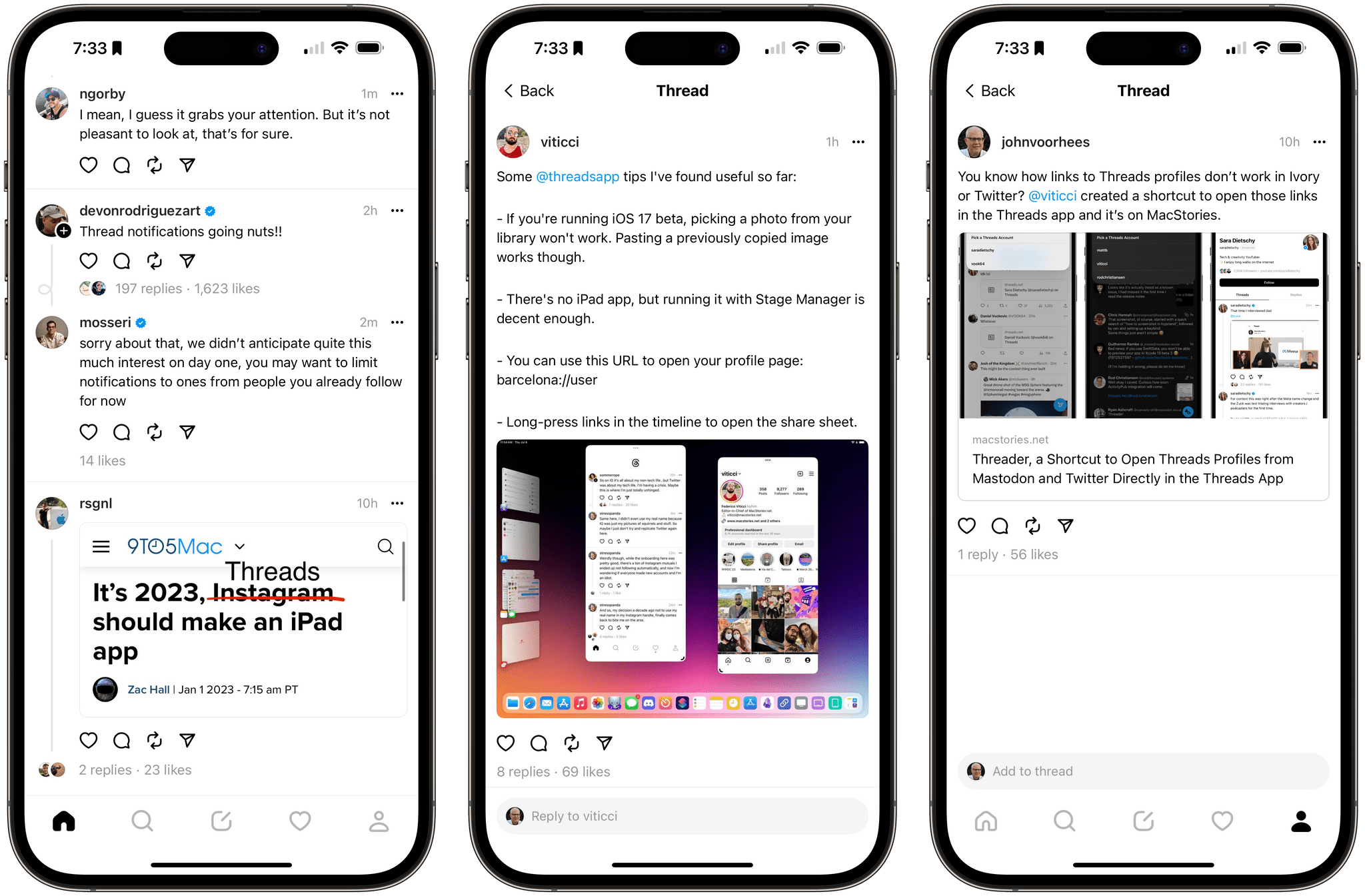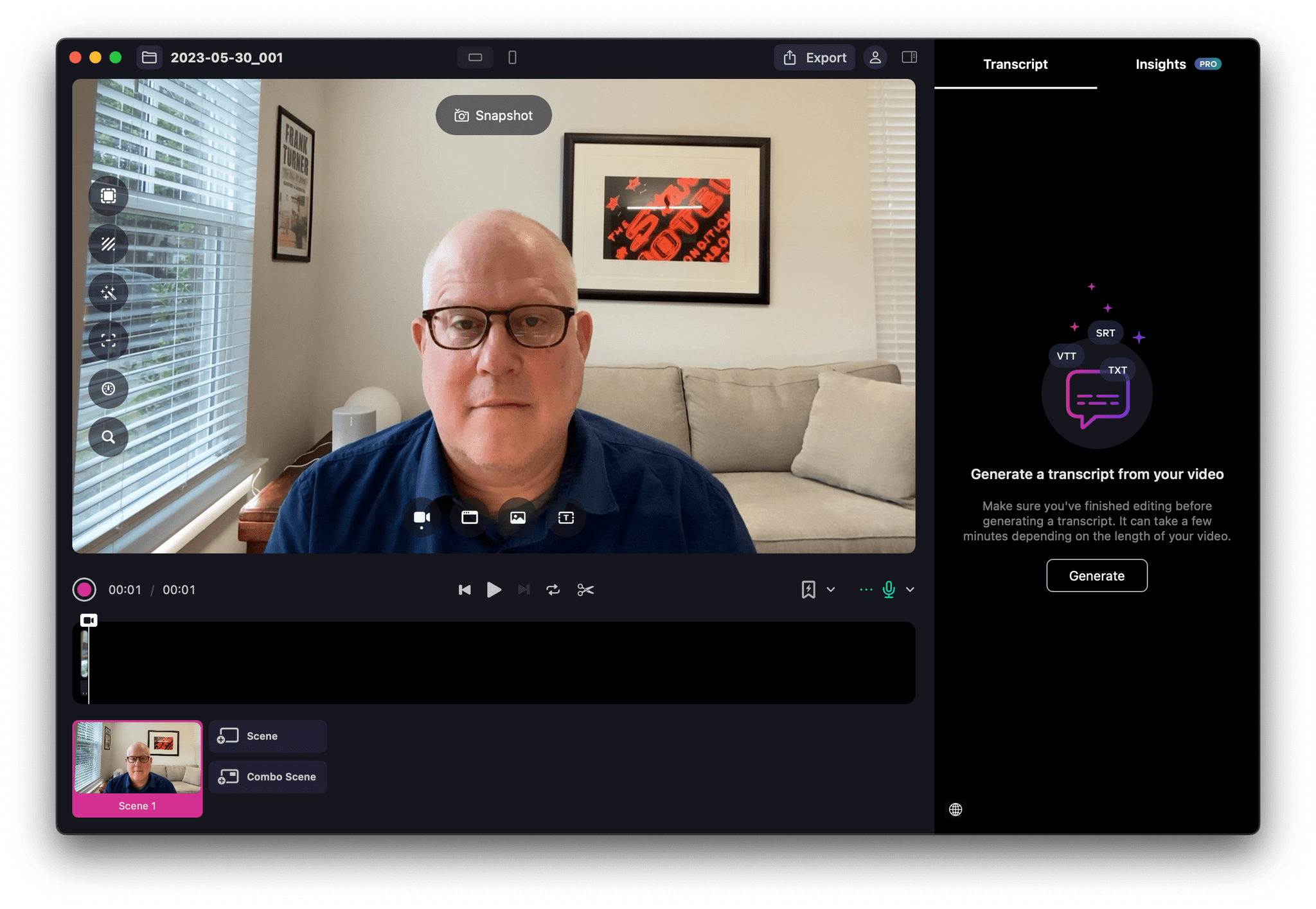Just before the holidays, Meta held a meeting at its San Francisco offices with members from the fediverse community about its plans to use ActivityPub to integrate Threads with Mastodon. Last week, Tom Coates wrote a detailed post about everything covered during the meeting from Meta’s roadmap for Threads to Meta’s motivations, content moderation, and Threads’ algorithm, which is lengthy but well worth reading in its entirety.
Coates described Threads’ roadmap as follows:
- December 2023 – A user will be able to opt in via the Threads app to have their posts visible to Mastodon clients. People would be able to reply and like those posts using their Mastodon clients, but those replies and likes would not be visible within the Threads application. Threads users would not be able to follow or see posts published across Mastodon servers, or reply to them or like then.
Early 2024 (Part One) – the Like counts on the Threads app would combine likes from Mastodon and Threads users
Early 2024 (Part Two) – replies posted on Mastodon servers would be visible in the Threads application
Late 2024 – A “mixed” Fediverse and Threads experience where you will be able to follow Mastodon users within Threads, and reply to them and like them
TBD – Full blended interoperability between Threads and Mastodon
The schedule struck Coates as both optimistic given the complexities involved and likely to be controversial because the early stages are lopsided in favor of integrating Threads into Mastodon and not the other way around. As Coates explains, there are technical, legal, and regulatory reasons for that, but that won’t make it any less contentious.
Scale is quite literally another huge problem for Meta that could easily lead to unintended consequences that cause problems for Mastodon users no matter what Meta’s intentions are. As Coates explains:
The community that Threads is planning to participate in is that of Mastodon servers federating with one another via Activity Pub. The estimates of this community are that there are about 9,500 separate mastodon instances participating in this ecology, with roughly 1.5 million Monthly Active Users (MAUs). This is a fairly substantial number but of course it pales in comparison to Meta more generally, which has closer to three billion active users. Or to put it another way, Mastodon users represent about 1/2000th of the number of people using Facebook/Instagram/Threads/WhatsApp etc. worldwide.
Threads itself has only been around for a few months now and it still towers over the rest of the Mastodon community in terms of users. It’s based on the Instagram user base, and Instagram users can opt in to use Threads with a single tap. Because of that—as of a recent earnings report—Meta can currently claim around 160 million total users and about 100 million MAUs for Threads alone. So, again, maybe we shouldn’t be thinking about Threads ‘integrating’ with the fediverse and instead think about Threads attempting to engage with the Fediverse without entirely crushing it in the process.
The entire post is worth reading because it explores interesting ways to deal with distributed content moderation, identity, public education about federation, and all the other large-scale problems that Threads will bring with it into the fediverse by virtue of its size and commercial goals as an ad-funded company. None of these issues will be easy to solve, and the meeting happened before an upturn in objectionable content served by the Threads algorithm to many users. However, I’m still encouraged by Coates’ overall reaction to the meeting and the teams at Meta who are working on integrating Threads with the Fediverse:
But I can report that in my opinion the teams building it and the integration seem to be decent people, trying to build something they’re excited by, wanting to be part of something new and truly federated, and wanting to be respectful and careful about how they do it. And whether or not you think their arrival in the space is a good thing, that apparent good faith and care has mitigated at least some of my concerns.









